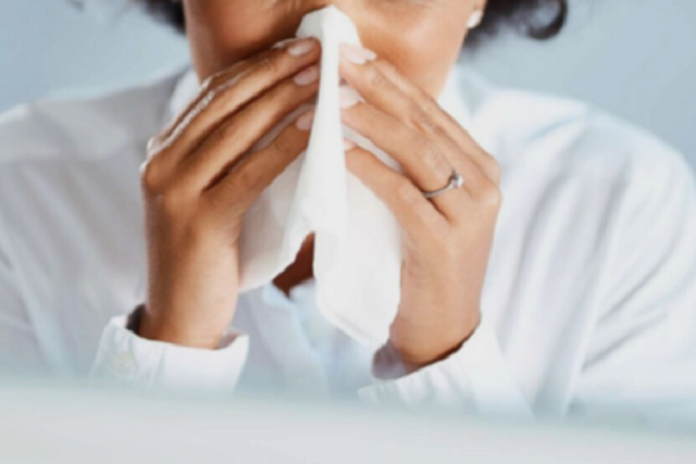Patients’ SARS-CoV-2 viral loads are highest within five days of their first symptoms, emphasizing the need to isolate early to prevent transmission.
Human-to-human transmission of SARS-CoV-2, the virus that causes COVID-19, occurs through close contact. Therefore, understanding the SARS-CoV-2 viral loads is critical for increasing knowledge and understanding the transmission patterns.
Using existing research studies, Dr. Muge Cevik, from the University of St.Andrews, United Kingdom, reviewed ninety-eight studies on coronaviruses to determine when patients’ SARS-CoV-2 viral loads are highest and therefore can transmit the virus most effectively.
Seventy-nine of them focused on SARS-CoV-2 and the rest on SARS-CoV-1 and MERS-CoV. Of the SARS‑CoV‑2 studies, the majority included hospitalized patients only. The results were published in the journal Lancet Microbe.
Dr. Cevik’s study found that patients with COVID-19 show the highest amount of live virus in the upper respiratory tract within the first five days of showing symptoms. The highest amount of virus in SARS and MERS is observed during the second week after showing signs and symptoms. Despite findings of high SARS-CoV-2 viral loads, no study isolated live virus beyond day nine after the first symptoms of COVD-19.
The researchers concluded that patients with COVID-19 infection are most infectious early on, especially seeing peak viral loads around symptom onset to day five. These findings emphasize the importance of immediate isolation with symptom onset early in the course of illness. However, given potential delays in patients’ isolation, effective containment of COVID-19 might be challenging even with an early detection and isolation strategy.
Reference:
Cevik M., Tate M., Lloyd O., Maraolo A E., Schafers J., Ho A. SARS-CoV-2, SARS-CoV, and MERS-CoV viral load dynamics, duration of viral shedding, and infectiousness: a systematic review and meta-analysis. Lancet Microbe, 2020. doi.org/10.1016/S2666-5247(20)30172-5.
Image by Joseph Mucira from Pixabay



